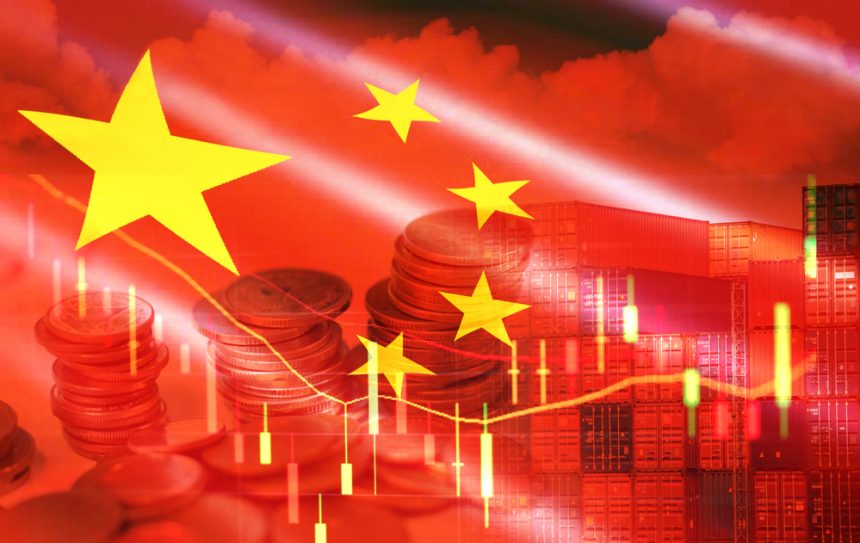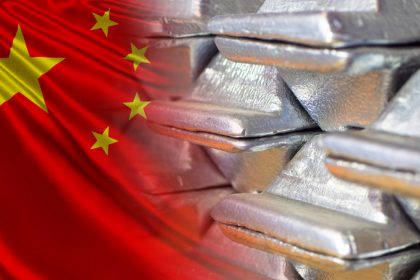Slowing momentum in the third quarter
China’s economy is entering a difficult phase as growth slows and overcapacity policies weigh on output. GDP expanded 5.3% in the first half of 2025, but recent data points to weakness ahead. Fixed asset investment fell 5.2% year-on-year in July, the steepest decline in two decades outside the pandemic. Economists at Morgan Stanley now expect third-quarter growth to ease to 4.5%.
Xi’s balancing act on industry and trade
President Xi Jinping is pursuing a campaign against excessive capacity while also seeking to reduce trade frictions. The approach echoes the earlier real estate deleveraging drive, which triggered a long slump beginning in 2020. Analysts warn that the latest industrial policies could mark another structural shift with lasting consequences for output and employment.
Stimulus delivers uneven results
Beijing has rolled out stimulus measures to revive property and equity markets, hoping to restore consumer confidence. The Shanghai Composite Index has gained nearly 30% in the past year, but home prices continue to fall. The People’s Bank of China retains room to cut rates and has pledged to use targeted monetary tools to ensure a “reasonable pace of price growth.” Lower borrowing costs could push savers into stocks, but deflation risks remain. Retail sales rose just 3.7% in July, the weakest since late 2024, while new bank loans unexpectedly contracted for the first time in 20 years.
Demand needed to break the cycle
Consumer prices remain flat and factory gate prices have declined for 34 consecutive months, reflecting persistent weakness. Economists argue that lasting recovery will require building sustainable household demand to absorb excess industrial capacity. As policymakers prepare China’s next five-year plan, pressure is mounting to shift focus toward long-term consumption growth. Without such measures, the risk is that the economy drifts in stagnation while waiting for structural fixes.






